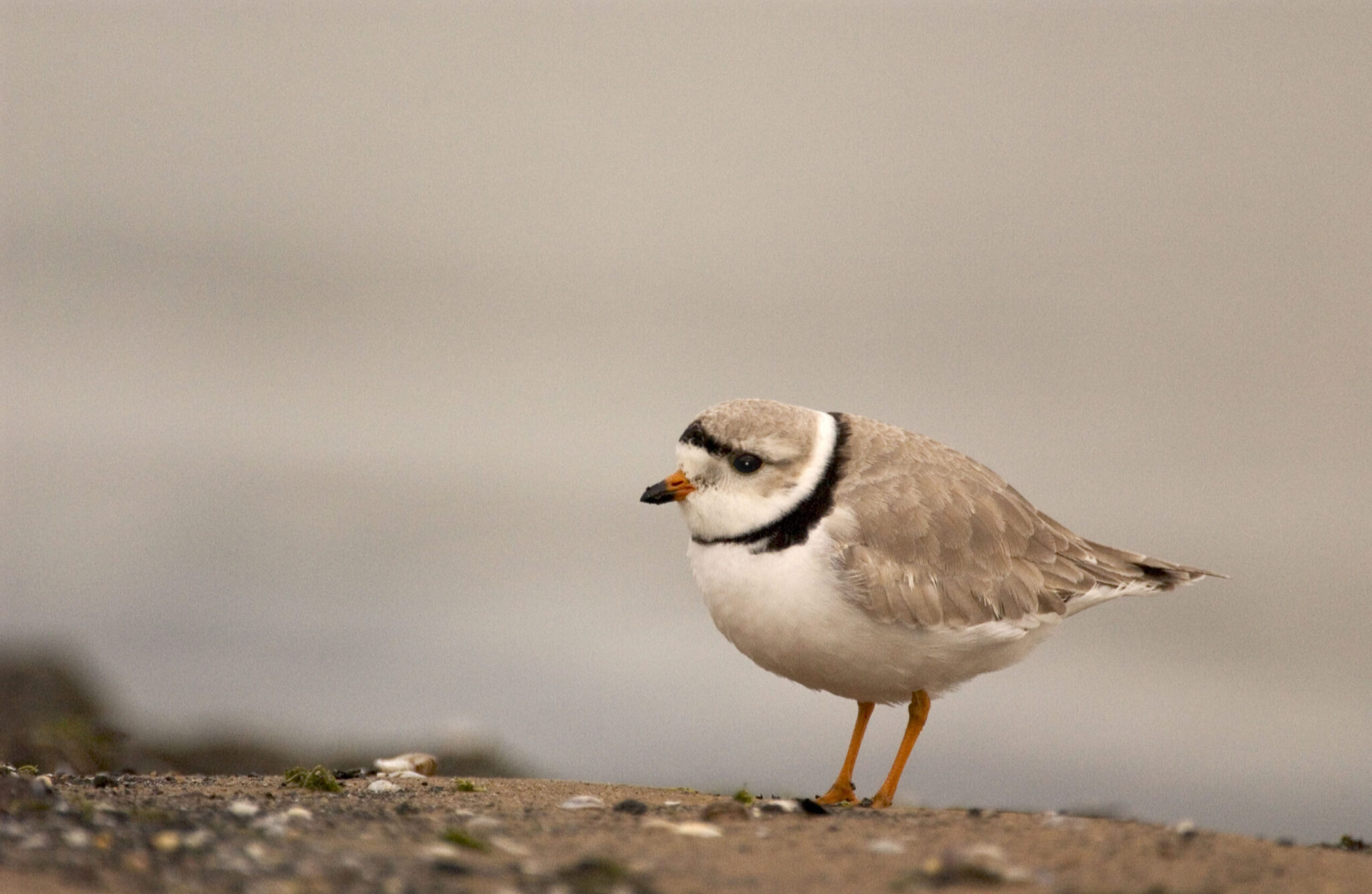
Firework displays are a beloved part of celebrations and events worldwide, captivating audiences with their dazzling colors and mesmerizing explosions. But beyond the awe-inspiring spectacle, AS BIRD LOVERS WE NEED TO BE AWARE OF the impact of fireworks on the natural environment. In today’s blog, we look at the effect on birds, helping you be aware of what can happen and the best way to avoid the worst.
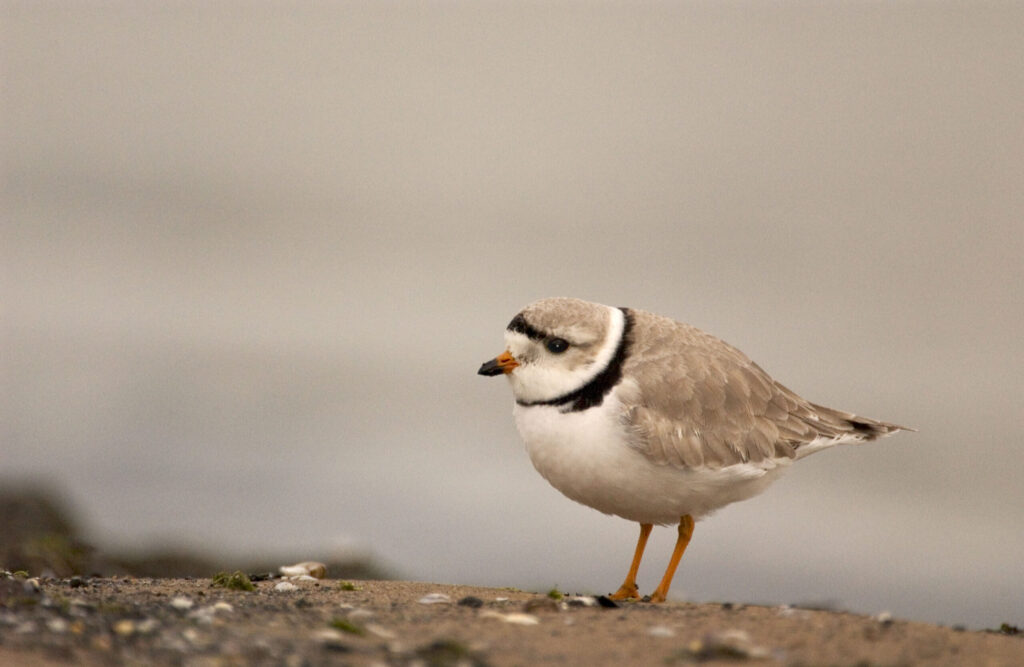
On the 4th of July 1776, the Second Continental Congress ratified the Declaration of Independence, establishing the United States of America and freeing the thirteen colonies from British rule under King George III. As has happened every year for almost 250 years, the nation has partied through the night, and many of those parties will culminate in a dazzling and loudly explosive firework display. The thrill of the loud bangs and the spectacle of the glittering showers of many colors makes us forget that warbler’s neck sensation as we stare up into the night sky.
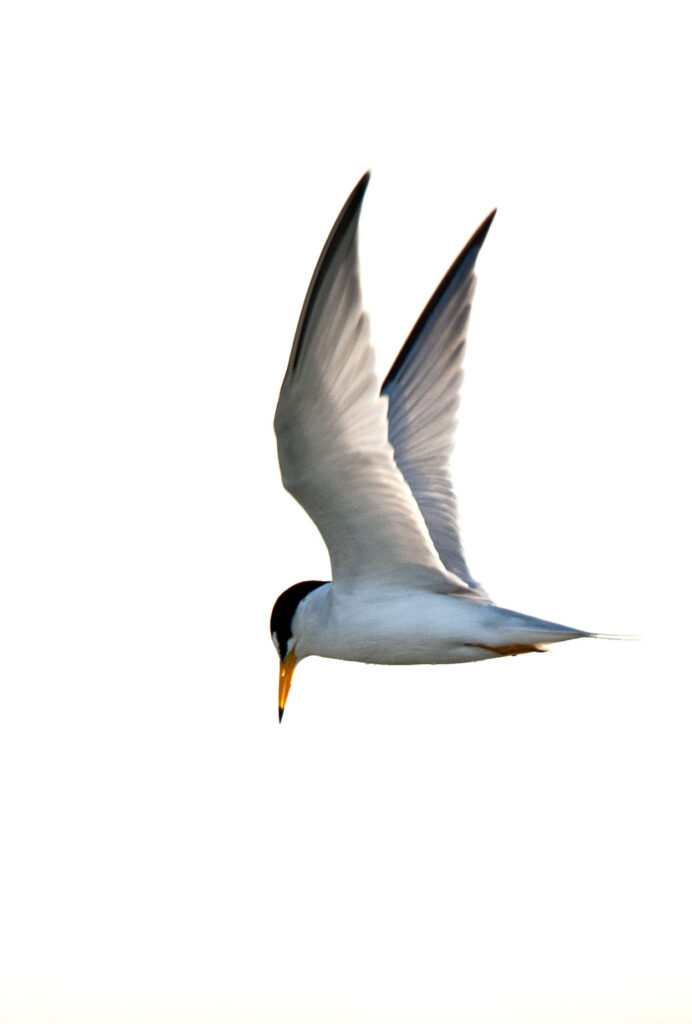
Sadly, for our avian populations, Fourth of July displays are terrifying. Fireworks by their nature are loud, bright, and explode up high in the air – which also happens to be where many birds are, and at night when the majority of displays take place, most bird species will be roosting and trying to get some sleep. This means they will be in larger numbers, unaware of what will happen. Nocturnal species will also be out hunting, relying on their acute hearing abilities to find prey to get through another hungry night.
The bright flashes and reverberating booms are already known to induce panic and distress among our domesticated animals, and those who have dogs or cats do their best to mitigate against the situation and keep them home that night, turning the music up. But outdoors where the wild animals live, there are few places of sanctuary.
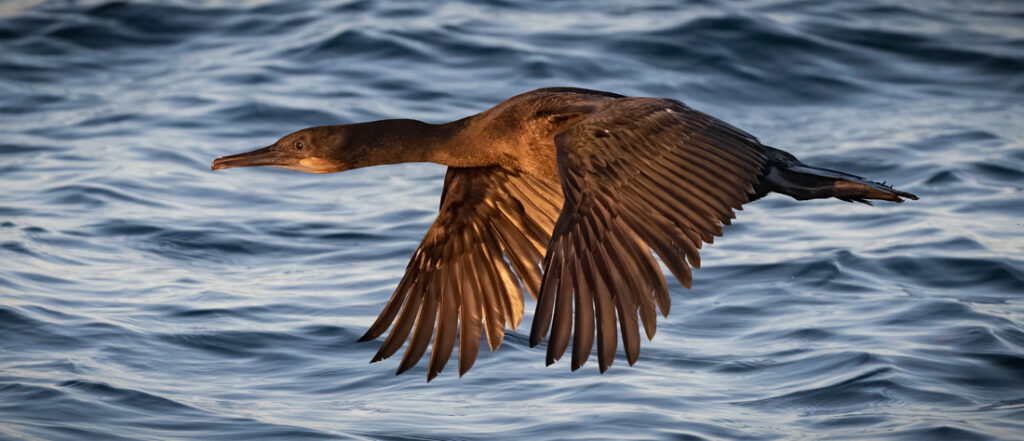
Thankfully, there have been very few recorded instances of birds being harmed by fireworks; after all, it is only one night at this time of year which goes a long way to reducing the likelihood of something awful happening. But of those known events, the effect has been quite alarming and upsetting. One of the most frequently cited occurred in Beebe, Arkansas on NYE 2010. As the display ended, 5,000 or so dead birds rained down; red-winged blackbirds, brown-headed cowbirds, grackles and starlings had taken to the air in panic, crashing into structures and each other, then dying or falling severely injured from blunt-force trauma. There have been reports of seabirds abandoning their nests as celebrations took place along coastal areas: a decline in California’s Brandt’s cormorants has been correlated to 4th July events. In 2022, a Cape Cod event was pushed back from 4th July to ensure the nesting least terns and piping plovers had a chance to raise their young and fledge.
However, research conducted by organizations like the National Audubon Society has helped shed light on how to mitigate the effects of fireworks displays on birds so that we can still enjoy the night ahead.
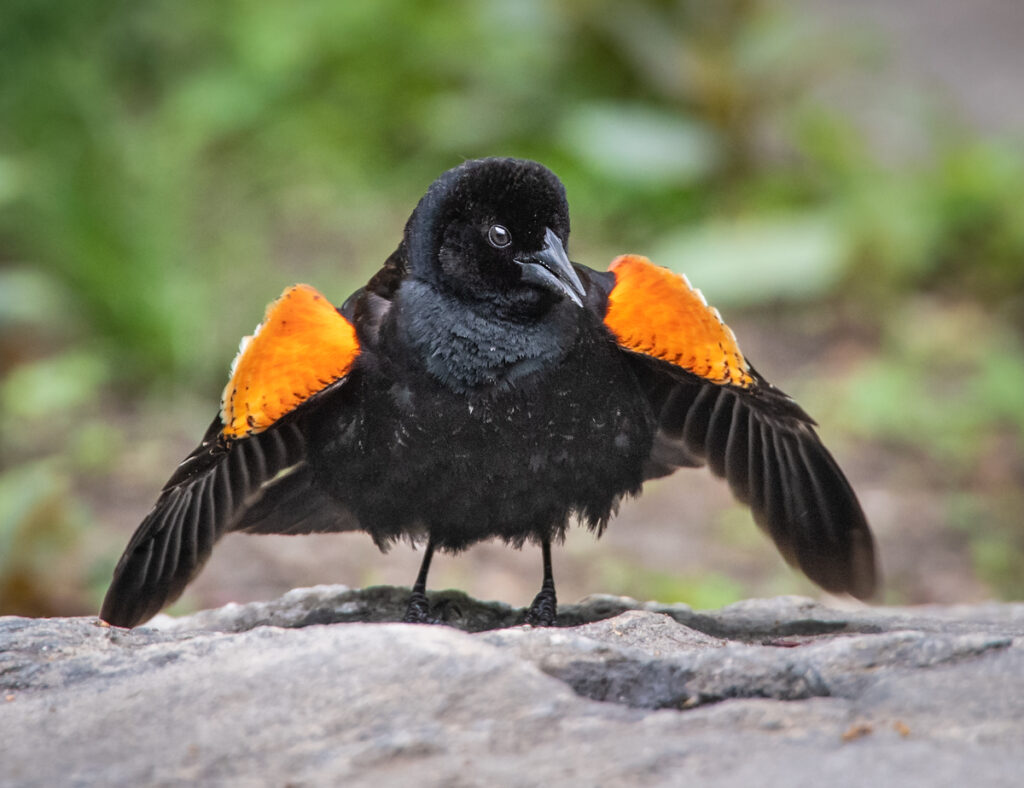
Alternatives to firework displays such as laser shows or quiet fireworks have become increasingly popular in areas with known large roosts and nesting bird colonies. The US Fish and Wildlife Service has guidelines for anyone planning an organized display, and this means that if you do want to see those amazing and beautiful shows and know that the birds have been considered, attending one of these events rather than holding your own display is the best way forward. If you use home fireworks, try to be sure there are no nesting or roosting birds nearby, or consider choosing one of the many safer alternatives now available on the market such as quiet or low-decibel fireworks.
We know how exciting and amazing fireworks displays can be and are a highlight of the party calendar. The fact that displays often occur during seasons when birds are engaged in critical activities such as breeding and migration makes their effect just that much more impactful. Increasing public awareness of what can happen to local bird populations is important, especially nowadays when so many species are already in trouble as their populations decline through habitat loss, pollution, and other factors. Responsible fireworks usage is possible, and doing so not only means we can still enjoy the party, but our beloved birds can live to fly through another day.
Happy Fourth of July!


